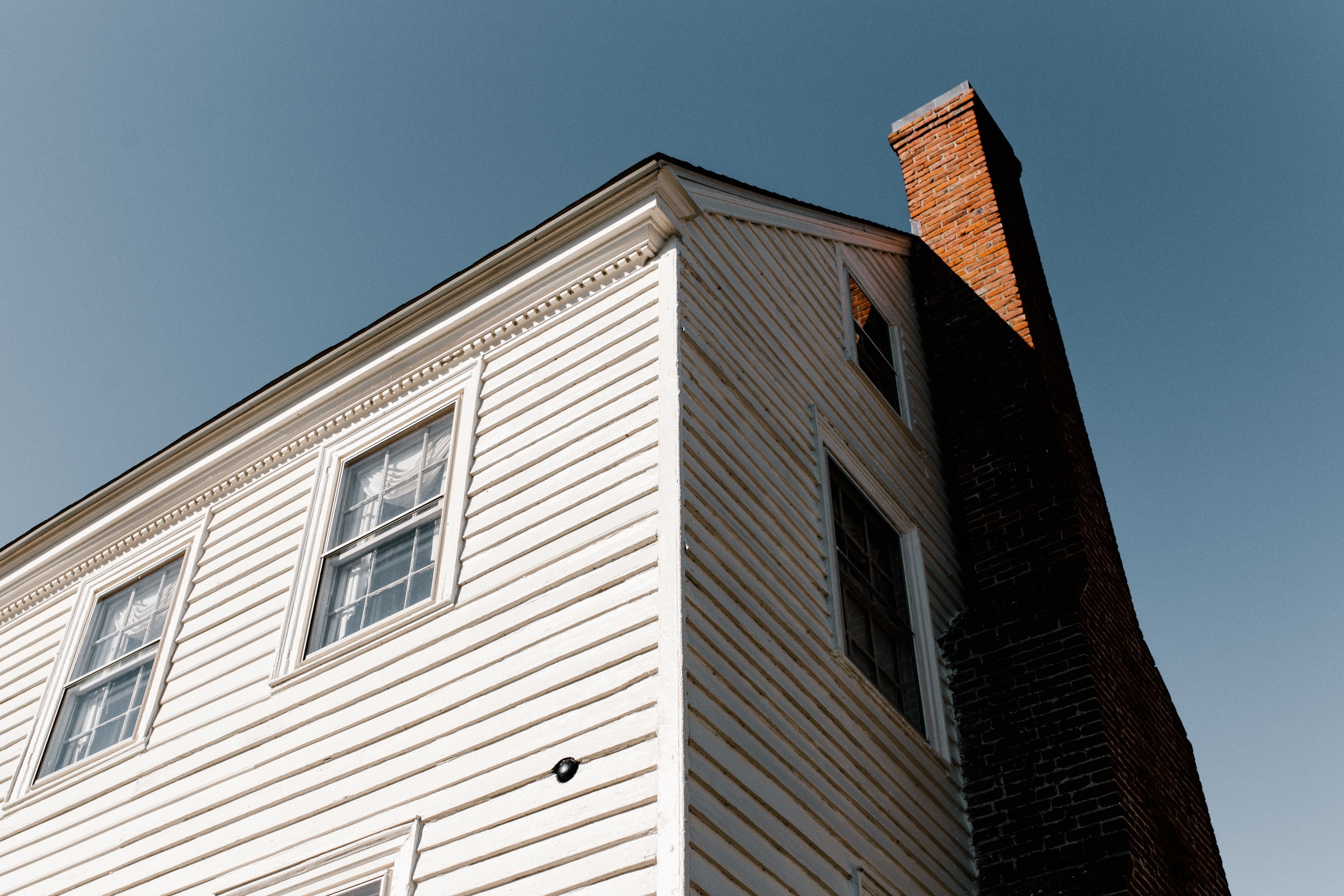Do you enjoy the warmth and ambiance of your wood-burning fireplace on cold nights? You should know that this pleasure comes with the obligation to have your chimney swept every year. An incomplete or botched operation can cause a chimney fire or even worse! Whether you are the owner or tenant of a building and you use a flue, you are obliged to clean your heating system. This operation consists in getting rid of deposits and removing soot from your chimney.
Why do I need to sweep my chimney?

Every log burned leaves traces of soot and tar, which creates creosote (formed by the condensation of tar droplets on the walls). They specify that an accumulation of more than 3mm (1/8″) of creosote or soot particles on the walls of a chimney represents a potential fire hazard. The purpose of a chimney sweep is to clean the chimney so that it can do its job properly: evacuate gases and smoke.
Chimney sweeping is necessary every year, whether you use dry wood or not. Dry wood also produces creosote. Choose your wood species carefully to get the desired effect. Hard, dense woods such as maple and oak have a good heating value, while others are less efficient but do the trick for the cooler days of spring and fall.
The benefits of chimney sweeping

Sweeping has many benefits. That is why it is essential and indispensable to resort to this operation. Indeed, first of all, sweeping is mandatory to ensure your safety and that of the people living around your house. It reduces the risk of fire. Moreover, the accumulation of deposits and soot can deteriorate your heating system. Therefore, to preserve its longevity, efficiency, and performance, you must have your chimney swept.
Secondly, having your chimney swept prevents the risk of carbon monoxide poisoning by reducing the emission of polluting gases into the atmosphere. This toxic gas is invisible and has no smell. It can damage your health by causing headaches, fatigue, and nausea. It can lead to fainting and can even be fatal for humans. Finally, chimney sweeping contributes to the improvement of the energy performance of your building.
Regulations subject to soot removal

The practice of chimney sweeping is carried out in compliance with the regulations in force. These are set at the local level through a prefectural or municipal order issued by the chief executive. These rules are established in the Standard Departmental Health Regulations or RSDT. They can be consulted in the commune where you live.
So that your chimney can be operational and safe, sweeping is necessary and mandatory before using it again. This operation must be carried out twice a year, before and during the period of use. Failure to sweep the chimney will result in a fine, and penalties are provided in the event of non-compliance with the regulations in force. In this case, you are obliged to pay a third-class fine of up to 450 euros.
Types of chimney sweeping

Generally speaking, you can opt for one of two types of sweeping. These include chemical and manual soot removal. On the one hand, chemical chimney sweeping requires the use of other elements to clean the inner wall of your chimney. This process is carried out either by a chimney sweep log, the most commonly used method, or powdered products. This method is easy to do.
On the other hand, manual or mechanical chimney sweeping is a traditional method through which the chimney sweep will use a metal or plastic rod topped by a round brush called a “hedgehog”. This tool will allow him to clean the flue and remove deposits and soot that have accumulated during the winter.
To do this, the inner wall must be cleaned. This task must be performed by a professional qualified by the Organisme Professionnel De Qualification Et De Classification Du Bâtiment. For cleaning your chimney, call a company specializing in the cleaning of all types of combustion chimneys.
The price of the sweeping is between 40 and 80 euros, and the duration of the intervention is generally about twenty minutes. Once the chimney sweeping is finished, the worker is responsible and must give you a certificate of sweeping. It is a kind of guarantee issued by the professional after carrying out the sweeping of your chimney in the rules of art.
Sound off in the comments section below and tell us what you want to read next and if you want to read more about chimney sweeping.





